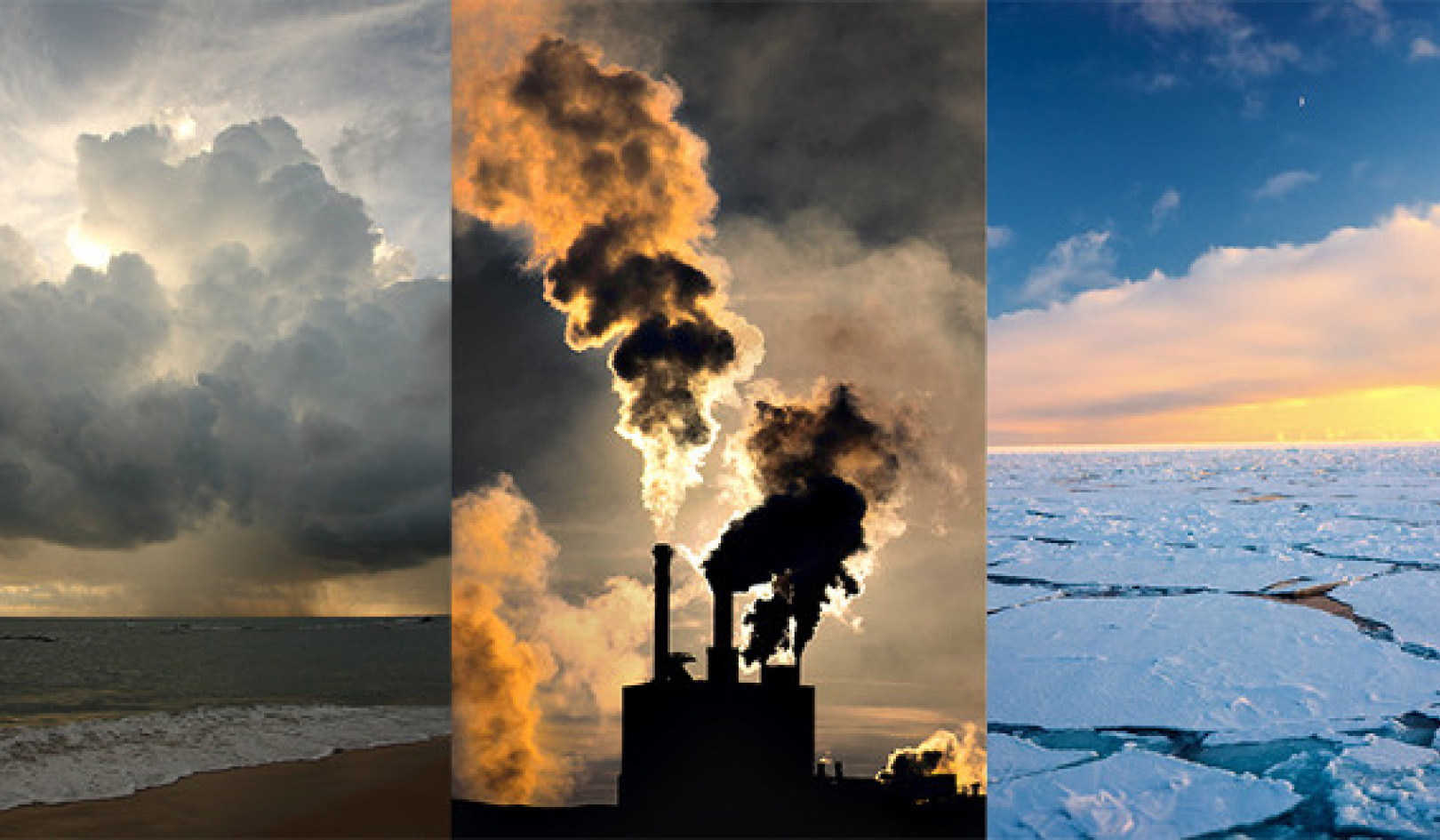
在相对较少的额外气候变暖的情况下,预计致命的高温压力每年会影响数以亿计的人。 该 巴黎协定 commits the international community to limit global warming to no more than 2? above pre-industrial (late 19th century) air temperatures, with an aspirational target of 1.5?. In our latest research, which looked at the impact of global temperature rises on magacities, 我们发现 that even if 1.5? is achieved, large increases in the frequency of deadly heat are expected. ![]()
根据2050对350m的说法,每年居住在大城市的人们可能会受到致命的热浪袭击。
Humans become “heat stressed” when the body absorbs more heat than is tolerable. If core body temperature rises just a few degrees above 37?, deadly 中暑 可以导致。 通过使用其冷却系统 - 出汗 – the human body can maintain a safe temperature even if air temperatures rise above 37?. This mechanism works better in a drier atmosphere (which is why steam rooms feel hotter than saunas – even at the same air temperature). The 热度指数 is a measure that combines this humidity effect with air temperature to provide a “feels like” temperature. A heat index in excess of about 40.6? is considered dangerous to human health.
随着全球气温的升高,气候模式的观测和实验表明大气含水量也在攀升。 这意味着热指数(以及感觉有多热)比空气温度上升得更快。 另外,因为在较高的温度下,大气能够保持的水分量增加得更快,因此热指数也快速上升(非线性响应)。
限制全球变暖的强烈动机
This non-linear response carries over to the definition of “global heat stress burden” used in our research, which we define as the average number of days per year over land areas with a daily heat index above 40.6?. Using a large number of climate model simulations, we found that this quantity increases faster and faster as global average air temperatures rise. This sharp rise in global heat stress burden has important consequences.
First, any increase in global heat stress from climate warming to date will be smaller than that caused by the same additional warming in the future. (We have seen a 0.8? rise in global temperature; another 0.8? of warming could be expected to lead to a greater increase in heat stress than caused by the first 0.8?.)
Second, there may be progressively heavier global impacts if the Paris targets are breached. Our analysis suggests that for 1.5? warming, the global heat stress burden will be almost six times greater than experienced during 1979-2005. But heat stress is 12 times greater if warming reaches 2?. With 4? warming – which could happen if mitigation efforts fail – our analysis suggests that the global heat stress burden could be more than 75 times larger.
热压力如此大的增加可能是难以想象的,所以我们利用最近的热浪来帮助传达可能存在的影响。
For example, in 2015, Karachi and Kolkata in India experienced lethal temperatures. Our analysis suggests that in a 2?-warmer world, both cities could experience these deadly conditions at least once a year. If global warming reaches 4?, the record heat of 2015 would be commonplace – more than 40 days a year. Other regions would not be immune. With only 1.5? of warming, twice as many global megacities (cities with a population greater than 10m, including Lagos, Nigeria, and Shanghai, China) could start to regularly experience heat stress. At 2?, Tokyo (the world’s most populous city), may be affected. New York City joins the list at 4?.
If the global population grows as anticipated this century, it could drive up global heat stress even more. The situation in Lagos illustrates this well. If global warming reaches 1.5? by the end of the century (at which time the population of Lagos may have increased elevenfold and dangerous heat may be 100 times more common) the heat stress burden could be more than a thousand times greater than the recent past.
Across all megacity regions, if the 1.5? limit is breached by the 2050s, as many as 350m people globally could be regularly exposed to dangerous heat stress. This is more than a fourfold increase compared with 1979-2005.
Heat stress sensitivity to global temperature rise and the potential human impacts – even at 1.5? above pre-industrial levels – provide a strong incentive for limiting global warming. Warming associated with the Paris targets may sound modest enough for the urgency of the situation to be lost. Our analysis shows that even if ambitious mitigation targets are met, the need to adapt to extreme heat will remain. The high concentration of people and heat in urban environments make cities an important focus for these adaptation efforts.
关于作者
自然地理讲师汤姆·马修斯(Tom Matthews) 利物浦约翰摩尔斯大学
相关书籍
at InnerSelf 市场和亚马逊























